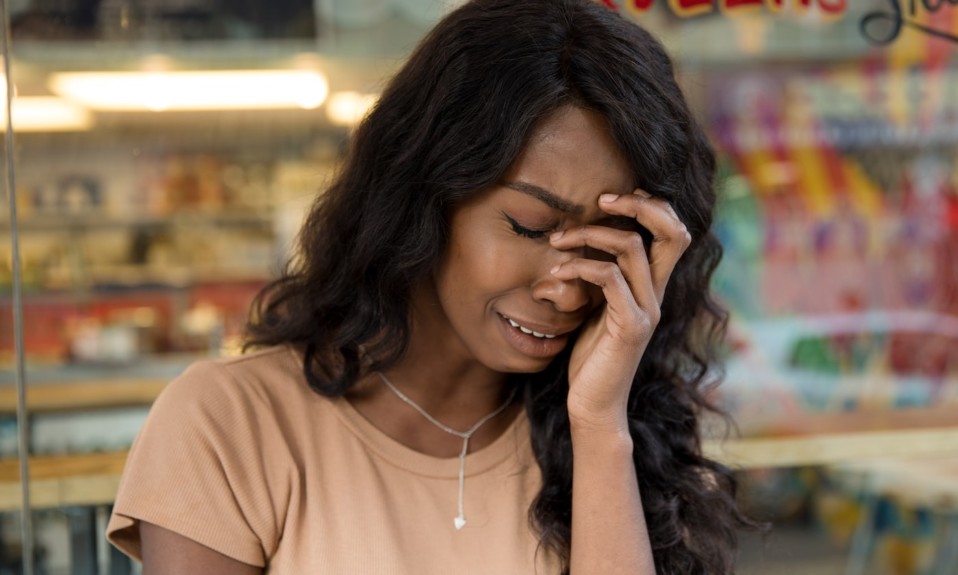A groundbreaking new study examines the rates of and factors influencing intentional overdose deaths
By Veronica L. Holyfield
While overall drug OD fatalities hit record numbers in the past year, a new study has found that intentional overdose deaths, or suicides by an overdose of a medication or drug, decreased significantly. No previous research has probed trends in intentional overdose deaths, and the data is, all at once, alarming, enlightening and puzzling.
Published in the American Journal of Psychiatry and titled “Intentional Drug Overdose Deaths in the United States,” the study shows that although intentional overdose deaths in general have declined in recent years, there has been an increase among young people (ages 15 to 24), the elderly (ages 75 to 84) and non-Hispanic Black women. The study, led by investigators at the National Institute on Drug Abuse (NIDA), also reports that women are more likely than men to die from an intentional drug overdose, with the highest rates observed among middle-aged women (ages 45 to 64).
“Through screening for symptoms of mental disorders or distress, healthcare providers serve as critical touchpoints to jumpstart lifesaving interventions. There is help available, and there is hope for people who may be struggling.”
—Nora Volkow, NIDA director, senior author of the study
“It is crucial that healthcare providers routinely screen for suicidality among their patients,” says Nora Volkow, MD, director of NIDA and senior author of the study. “This is especially true for patients who are being treated in an emergency department for an overdose. Through screening for symptoms of mental disorders or distress, healthcare providers serve as critical touchpoints to jumpstart lifesaving interventions. There is help available, and there is hope for people who may be struggling.”
A Crisis Within a Crisis
According to data from the Centers for Disease Control and Prevention (CDC), suicide is the 12th-leading cause of death in the U.S. In 2020, according to the CDC, approximately 46,000 people died of suicide. Coupled with the opioid crisis, the outlook becomes even more troubling and complicated. The NIDA study states that 5% to 7% of the nearly 92,000 OD deaths in the calendar year 2020 were recorded as intentional. But the researchers think the actual percentage of overdose suicides could be even higher, given the difficulty of determining whether an OD death is intentional.
The 2020 National Survey on Drug Use and Mental Health (NSDUH) estimated that 0.5% of people who were 18 or older attempted suicide in the previous year. That’s 1.4 million adults. Furthermore, 4.9% of adults, or 12.2 million people, had serious thoughts of suicide, with 1.3% (3.2 million people) going so far as to make a plan.
Add it all up, and the dimensions of the issue become immense. “The distinction between accidental and intentional overdose has important clinical implications, as we must implement strategies for preventing both,” Volkow says. “To do so requires that we screen for suicidality among individuals who use opioids or other drugs, and that we provide treatment and support for those who need it, both for mental illnesses and for substance use disorders.”

The new study in the American Journal of Psychiatry examined a number of factors beyond age, gender and ethnicity, including day of the week and time of the year, which seem to be associated with intentional overdose deaths. For example, the study reports that intentional overdose deaths peak in the spring and summer months; December, meanwhile, is the month with the lowest number of documented cases. Monday is the day of the week that produces the highest number of OD fatalities, whereas Saturday has the lowest.
The researchers say the information they’ve gleaned provides insights that can translate to effective prevention and intervention efforts. “This research underscores the importance of external support structures and environmental factors in determining a person’s suicide risk,” says Emily Einstein, PhD, chief of NIDA’s Science Policy Branch and a coauthor of the study. “The risk of intentional overdoses, and suicide risk in general, is not static. This is crucial for clinicians to keep in mind, as they may need to assess patients’ suicide risk frequently rather than at one point in time. It is also important for friends and family members of people who may be at an increased risk of suicide, and for those people themselves, so that they can be aware of the greatest periods of risk and seek help when needed.”
If you or someone you know is in crisis and needs immediate help, call the National Suicide Prevention Lifeline at 1-800-273-TALK (8255). Learn more about suicide prevention and ways you can help someone who might be at risk for self-harm.
Top photo: Alexander Kaunas













